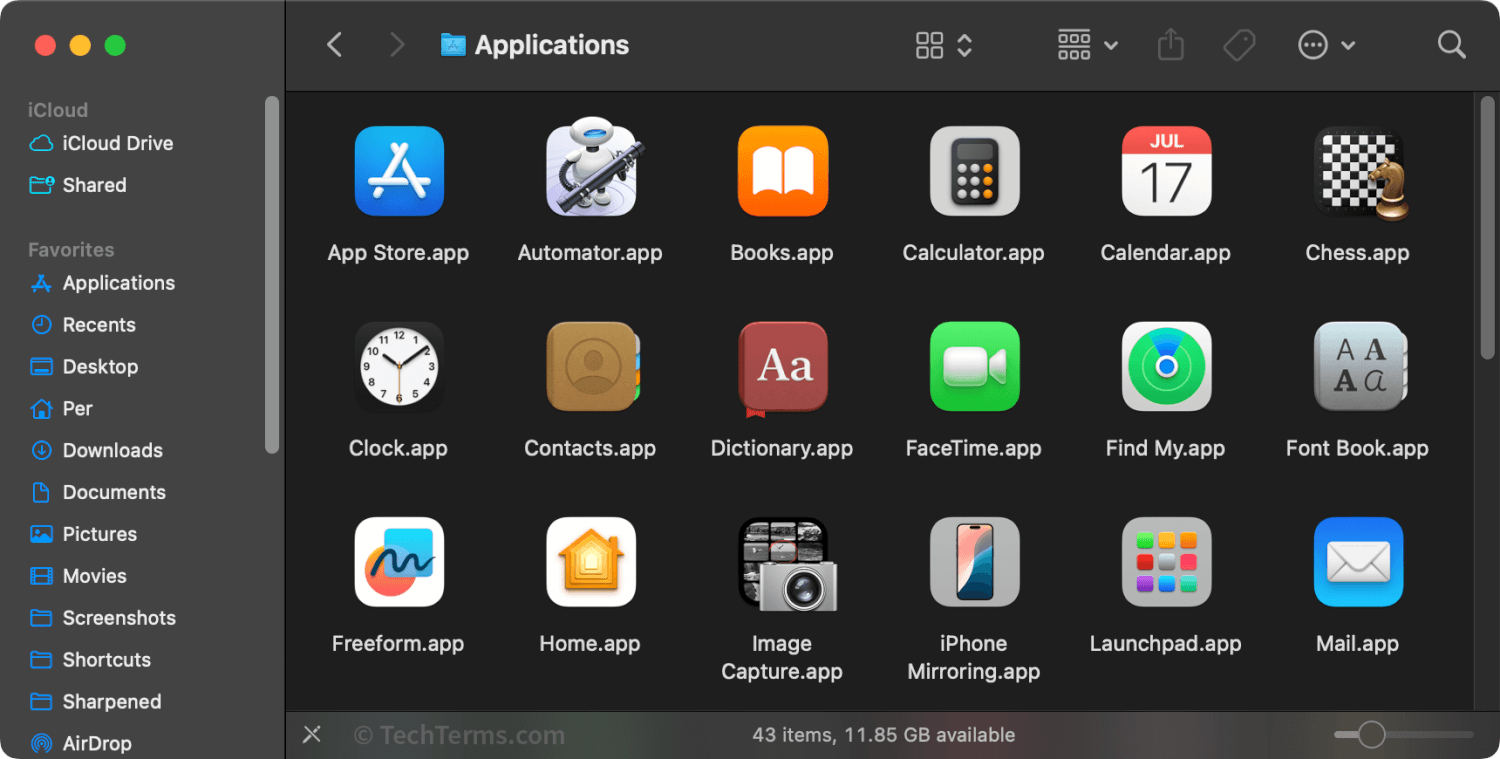System Software
System software is the foundational software that manages and controls a computer's hardware and provides an environment for running application programs. It includes the operating system (OS), as well as essential utilities, drivers, and system services that run in the background.
The operating system, such as Windows, macOS, or Linux, is the core of system software. It provides the user interface, manages system resources, and allows applications to run. Other system software components include device drivers, which enable the OS to communicate with hardware like keyboards and monitors, and system utilities, which help maintain and optimize performance.
System software is installed with the OS and may be updated automatically via tools like Windows Update or macOS Software Update. Unlike application programs like web browsers and word processors, most system software runs in the background, handling low-level operations that keep everything working smoothly. Even though system software operates behind the scenes, it is fundamental to a computer's operation. Without system software, applications wouldn't run, and hardware would be little more than an inert collection of circuits and chips.

 Test Your Knowledge
Test Your Knowledge